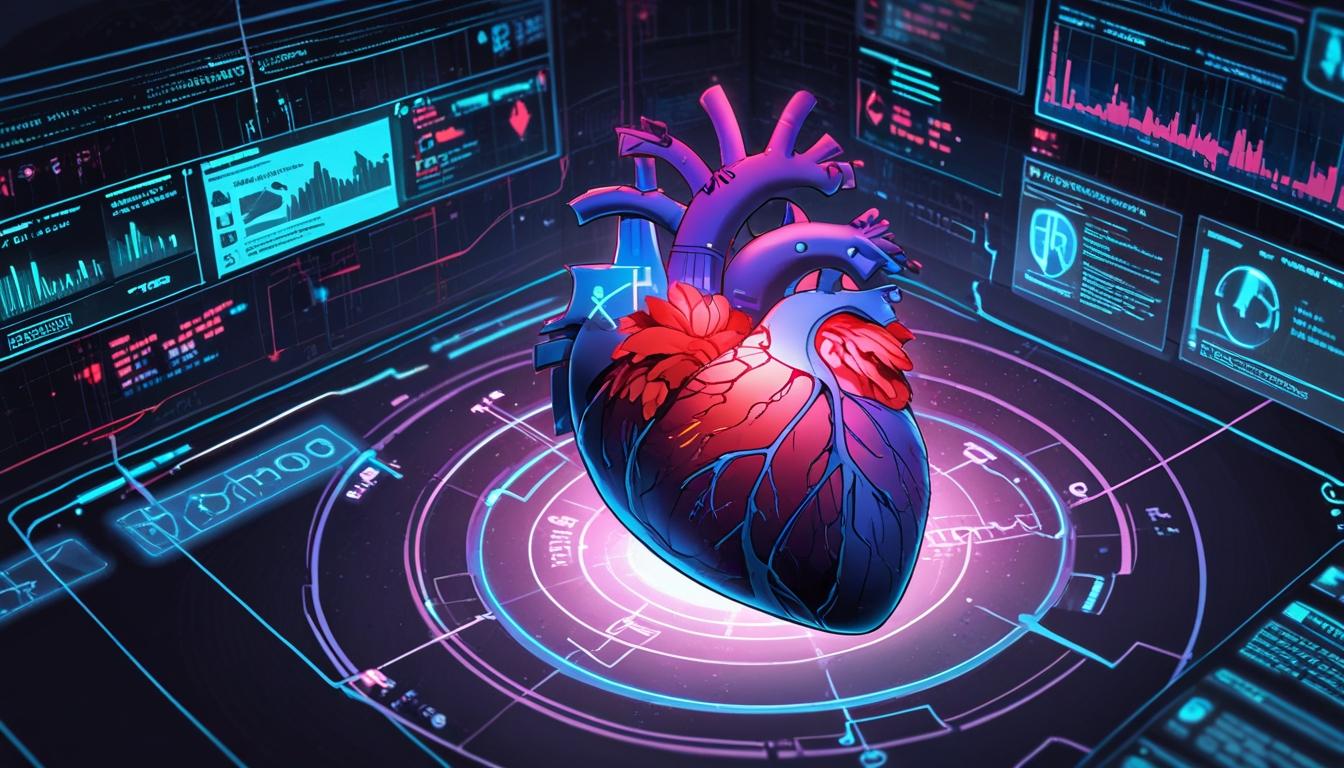The healthcare digital twins market is projected to experience significant growth, with estimates rising from USD 1.37 billion in 2025 to an impressive USD 6.80 billion by 2032. This expansion marks a compound annual growth rate (CAGR) of 25.7%, driven by an increasing demand for advanced technologies that enhance patient care, particularly in the realm of personalized medicine.
Digital twins are virtual models that replicate real-world entities within the healthcare sector, enabling a more nuanced understanding of complex medical systems. By harnessing clinical data in real-time, healthcare providers can perform simulations that not only improve device design but also streamline surgical procedures. This technological advancement is transforming the landscape of healthcare delivery by offering predictive insights that can enhance patient outcomes and system efficiencies.
In North America, the market is expected to dominate, accounting for nearly 40% of global revenue by 2025. This prevalence is largely due to the region's robust commitment to digital health initiatives, with significant investments being funneled into artificial intelligence (AI) and machine learning. The U.S. alone is forecasted to generate approximately USD 443.7 million in revenue, spurred by its advanced healthcare infrastructure and the aggressive pursuit of healthcare innovation.
While the potential for growth is immense, challenges remain. High implementation costs and data privacy concerns are significant barriers that could deter smaller healthcare providers from adopting digital twin technologies. The reliance on sensitive patient data opens up vulnerabilities to cyberattacks, necessitating rigorous data security protocols to ensure patient safety and privacy. Compliance with regulations such as HIPAA and GDPR will be crucial for organisations employing digital twin systems to maintain integrity and trust within the healthcare ecosystem.
The personalised medicine segment is increasingly pivotal in this equation, with market predictions indicating it could capture one-third of the overall market share by 2025. Digital twins are being employed to create virtual replicas of patients, facilitating more tailored treatment plans through detailed simulations of biological systems. This aligns with a broader healthcare trend towards individualised care, which not only meets patient expectations but also offers the potential for improved treatment efficacy.
Recent initiatives underscore the transformative capabilities of digital twin technology. In the UK, for example, the NHS has partnered with researchers to launch a pioneering heart modelling project aimed at improving the monitoring of pulmonary arterial hypertension. This project exemplifies how digital twins can bring real-time insights into patient management, effectively merging clinical models with individual patient data.
Moreover, enhancements in predictive analytics, driven by AI and machine learning, are amplifying the utility of digital twins in clinical settings. They enable healthcare providers to simulate a variety of scenarios, enhancing surgical planning and reducing associated risks. The integration of these models with electronic health records (EHRs) further supports informed, data-driven clinical decisions, improving the overall quality of healthcare delivery.
With a promising outlook, various technological advancements continue to shape the future of the healthcare digital twins market. The incorporation of augmented reality (AR) and virtual reality (VR) is creating immersive environments that facilitate better training and understanding for healthcare professionals. As the sector moves towards emphasising preventive care, digital twins are being employed to forecast health-related outcomes, enabling early detection of potential health issues.
To summarise, while the healthcare digital twins market is poised for remarkable growth, driven by advancements in technology and an increased focus on personalised medicine, the industry must navigate challenges related to high costs and data security. As both healthcare providers and technology innovators collaborate to minimise these barriers, the potential of digital twin technologies to revolutionise patient care remains profound, promising a future of more efficient, tailored healthcare solutions.
Reference Map
- Paragraphs 1, 2, 3, 5
- Paragraphs 1, 5
- Paragraph 4
- Paragraphs 5, 6
- Paragraph 5
- Paragraph 6
- Paragraph 6
Source: Noah Wire Services
